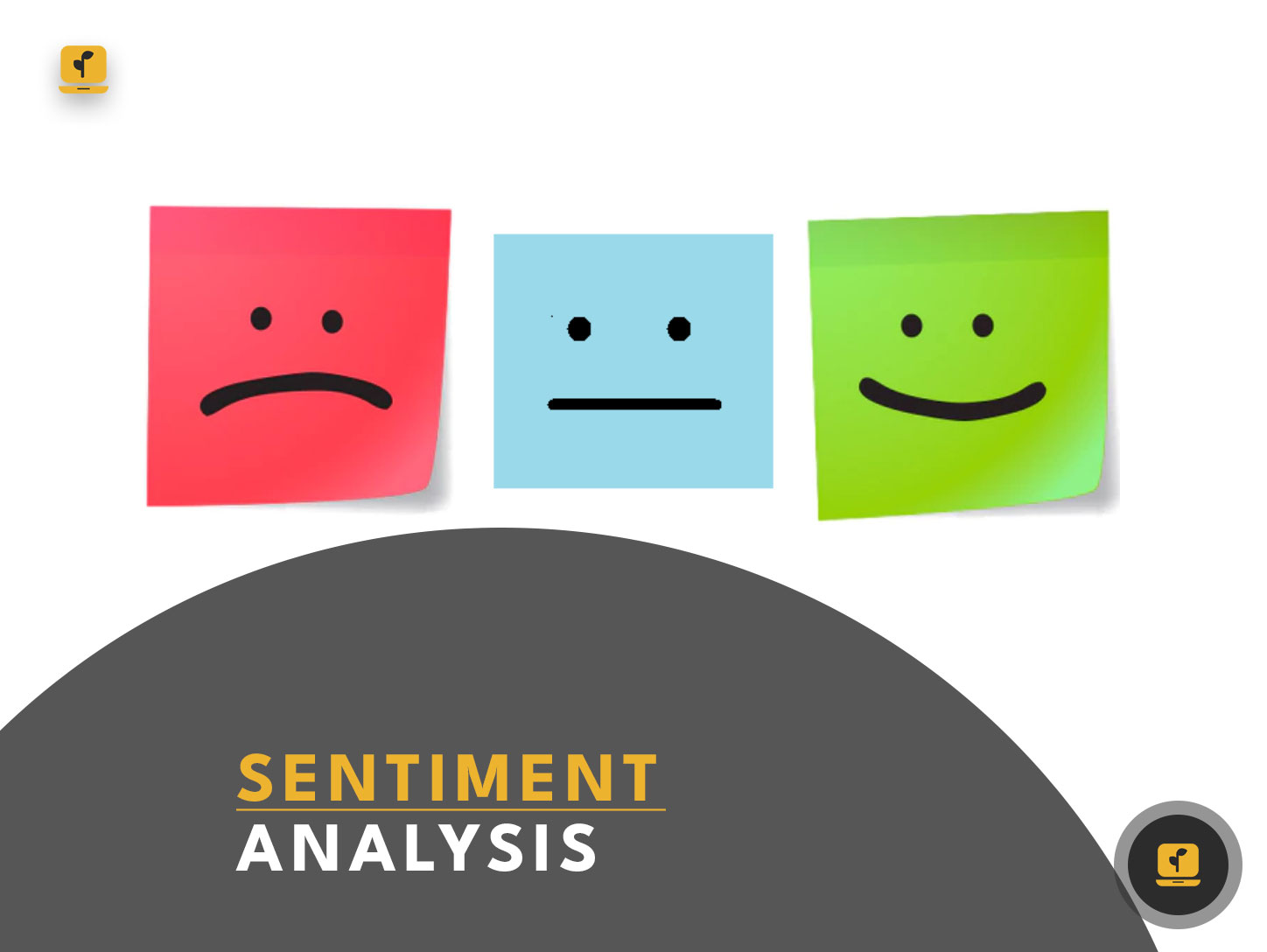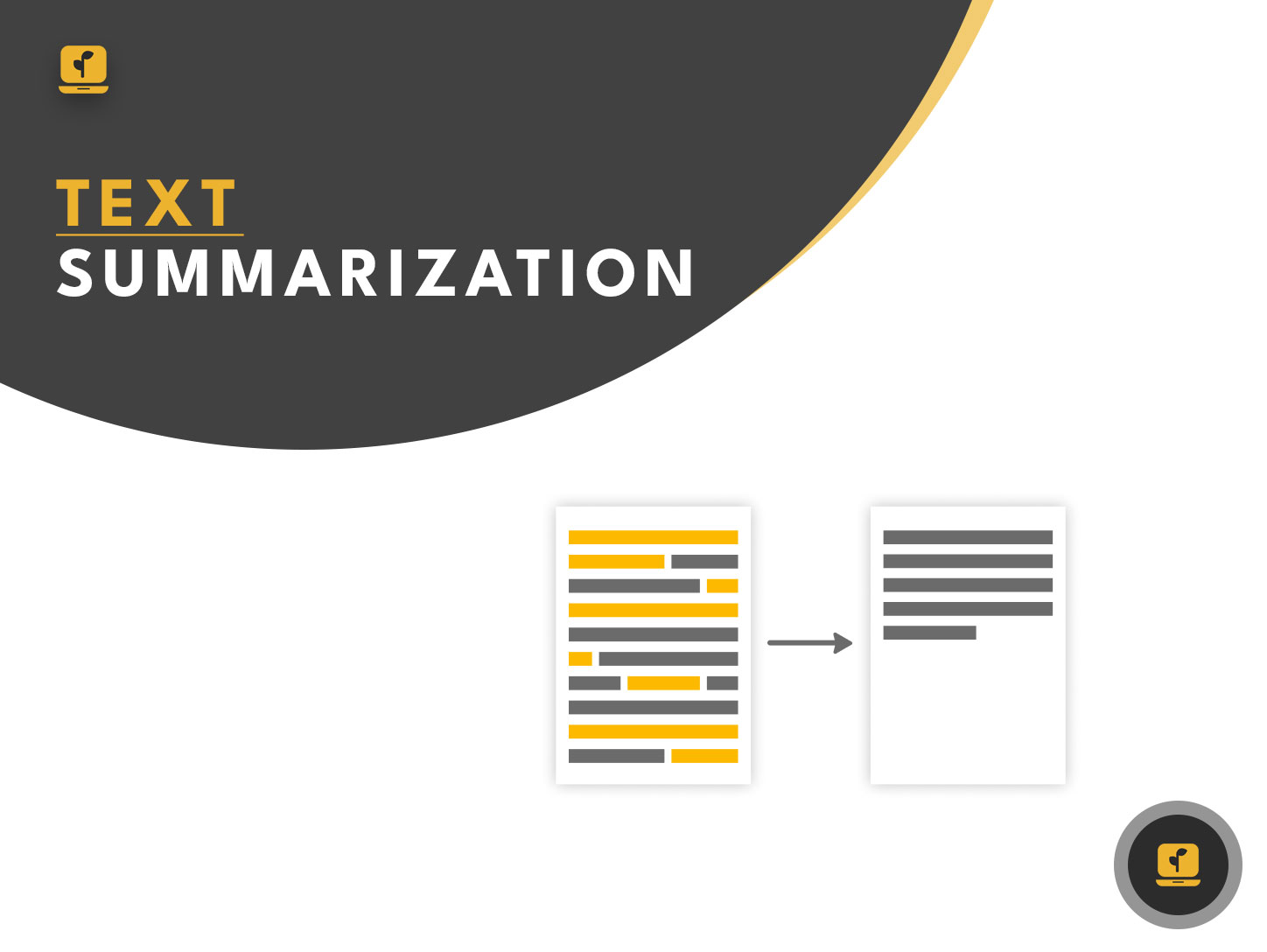Natural language processing (NLP) has become a central research topic in machine learning over the past decade. Many modern NLP systems are able to understand human communication by automatically extracting meaning and semantic content from textual documents, news articles, tweets, and even handwritten notes.
In this blog post, we will explore some of the key algorithms used for natural language processing and the kinds of insights that can be gained from studying these systems.
Table of Contents
Machine Learning Models for Natural Language Processing
The field of Natural Language Processing (NLP) involves the use of structured computer programs that can process human speech and writing for the purpose of establishing meaning, understanding, and documenting it. There are many subdomains within NLP, such as sentiment analysis or machine translation.
However all major NLP tasks revolve around understanding unstructured text in order to extract information and make sense out of it. Some examples of NLP tasks include: reading an email thread to understand its subject matter; summarizing a document so that only key ideas are conveyed; or recognizing a user’s name within a field of text.
Sentiment Analysis
Sentiment analysis is the process of identifying the positive or negative sentiment expressed in a piece of text. The goal of sentiment analysis is to understand the author’s tone of voice, which can often be very subtle. Sentiment analyzers are used to extract text features like the author’s mood, tone of voice, and the tense of the text. These features can be used to automatically generate text annotations like a positive description of the author’s mood, or a more neutral description of the subject matter.
Sentiment analysis can be used to automatically generate user interfaces to help users understand the author’s intentions and tone of voice. For example, when a user is trying to decide which movie to watch, the interface might show a brief summary that uses the same positive tone as the rest of the annotations.
Text Summarization
Text summarization is the process of summarizing text into a single sentence that conveys the key ideas of the original text. This summary could be generated by a human summarizer, or by an AI that uses natural language processing methods. There are many techniques for summarization, including probabilistic models that try to predict the likelihood that a particular word was used based on a given context.
Summarization can be used for many different purposes. It can be used to assist in educational tasks like teaching students about a topic or summarizing legal documents to make them easier to understand. It can also be used to assist with accessibility. For example, summarization could be used to generate text descriptions of images and audio files so that they can be easily understood by deaf or blind people.
Named Entity Recognition
Named entity recognition is the process of recognising entities like people’s names and places in text. Entity recognition can be used to generate more engaging user interfaces. For example, a calendar app could use entity recognition to generate new event descriptions for each event on the calendar, or a news app might use named entity recognition to generate a headline and summary for each article. One of the most common tasks in named entity recognition is to recognise authors’ names.
Machine learning methods have been used to solve this problem, but the main challenge is that there are many ways to represent a person’s name. For example, a person’s name can be represented as the sequence of letters and numbers that represent the person’s name. However, authors often refer to people by a nickname or a term that is unrelated to their real name. Named entity recognition can be used to solve this problem by allowing the system to ignore the person’s real name and focus on the common names that are used for authors. This approach can be used for any text where the author refers to a person by a popular term.
Speech Recognition
Speech recognition is the process of understanding what a person says in order to generate text. There are many different models for speech recognition, but the most common ones are based on machine learning. This means that the computer will try to find patterns in the speech signal that indicate what the user is saying.
Speech recognition can assist with many tasks related to reading or writing, such as dictating emails or generating search queries. It can also be used to generate text-based interfaces. For example, a speech interface could be used to generate instructions for a user or to generate a command for a computer program to follow. Speech recognition can also be used for generating text-based user interfaces. A system could generate a list of buttons and links that are spoken by a user. The generated interface can be used in many situations, such as when the system is used to generate web-based articles that have a list of links at the end of each article.
Translation
Translation is the process of generating new text from one language to another. There are many techniques for machine translation, where the computer is trying to find a statistical model that will predict the next word given the previous word. These techniques usually involve training a machine learning model on a large corpus with examples of various sentences in the source and target languages.
Another approach is to use probabilistic models that try to predict the probability that a word belongs to a certain sentence. Translation can be used for many purposes, such as for generating technical documents that have text written in different languages. It can also be used for generating news articles or user interfaces. A common approach for generating text-based interfaces is to use a sequence of sentences that are generated from the original source text using translation.
Conclusion
Machine learning algorithms have completely changed the way we interact with technology. These algorithms have allowed companies to create different experiences tailored to specific user needs based on real time data. Natural language processing is a branch of machine learning that focuses on the analysis of language.
The goal of this branch of machine language is to extract information from unstructured text. NLP can be used to understand the meaning of a piece of text, generate summaries of documents, and even to recognize words in speech. Natural language processing is a critical part of many different applications and has the potential to revolutionize online communication.












